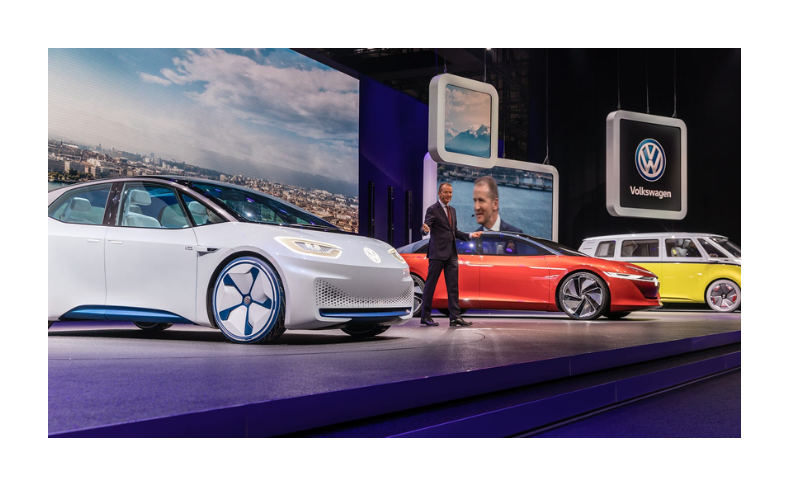Andrew Stuttaford
National Review, Jan. 19, 2023
“… like many of the religious cults it resembles, climate fundamentalism is characterized by a perpetual quest for purity.”
The more the state ‘plans,’” wrote Hayek, “the more difficult planning becomes for the individual.” This may resonate with the driver of an electric vehicle (EV) who has pulled up at a charging station in the middle of nowhere, only to find it broken.
In January last year, Carlos Tavares, the CEO of Stellantis, the world’s fifth-largest carmaker (it was formed by the merger of Fiat Chrysler and Peugeot), described electrification as “a technology chosen by politicians” and said it was “imposed” on the auto sector. By contrast, the triumph of the internal-combustion engine (ICE) over a century ago was organic. Human ingenuity and the power of markets led to a product that swept almost everything else off the road. EVs (which first had a moment around 1900) were not banned, and neither was the horse. In due course, ICE horseless carriages for the Astors were followed by the Model T and its kin.The automotive age had truly arrived.
The surge in demand for EVs (albeit from a low base) in Europe and the U.S. could be seen as evidence that, with the assistance of some taxpayer cash and nudges from government, EV technology could flourish without state interventions to either close down or hobble its wicked rival. But some policy-makers, faced with what they claim (and some may even believe) is a climate “crisis,” have clearly not been persuaded that EVs, for all their loudly touted wonders, should be relied on to overtake conventional autos. That has left coercion, and with it the opportunity to redesign much of everyday life in ways more in keeping with the standards of those who know best. The switch to EVs will lead, in the end, to a shrunken role for the car, a machine long resented by a certain type of authoritarian for the untidiness it creates, for the space it takes up, and for the autonomy it offers.
Bans on the sales of new ICE vehicles will be coming into force from 2035 in Europe and, with California having taken the lead, in parts of the United States. Europe’s ban will also cover hybrids, one of the better, less disruptive pathways to lower greenhouse-gas (GHG) emissions. … [To read the full article, click here]


